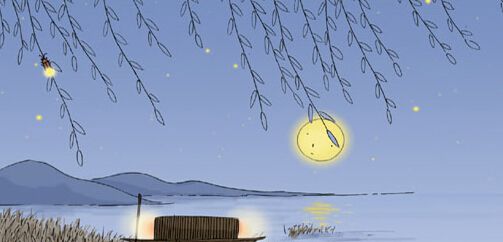研究人员发现古人类狩猎的最早证据
|
A recent Baylor University research study has shed new light on the diet and food acquisition strategies of some the earliest human ancestors in Africa. Beginning around two million years ago, early stone tool-making humans, known scientifically as Oldowan hominin, started to exhibit a number of physiological and ecological adaptations that required greater daily energy expenditures, including an increase in brain and body size, heavier investment in their offspring and significant home-range expansion. Demonstrating how these early humans acquired the extra energy they needed to sustain these shifts has been the subject of much debate among researchers. A recent study led by Joseph Ferraro, Ph.D., assistant professor of anthropology at Baylor, offers new insight in this debate with a wealth of archaeological evidence from the two million-year-old site of Kanjera South (KJS), Kenya. The study's findings were recently published in PLOS One. "Considered in total, this study provides important early archaeological evidence for meat eating, hunting and scavenging(消除,净化) behaviors -cornerstone adaptations that likely facilitated brain expansion in human evolution, movement of hominins out of Africa and into Eurasia, as well as important shifts in our social behavior, anatomy(解剖) and physiology," Ferraro said. Located on the shores of Lake Victoria, KJS contains "three large, well-preserved, stratified" layers of animal remains. The research team worked at the site for more than a decade, recovering thousands of animal bones and rudimentary(基本的,初步的) stone tools. According to researchers, hominins at KJS met their new energy requirements through an increased reliance on meat eating. Specifically, the archaeological record at KJS shows that hominins acquired an abundance of nutritious animal remains through a combination of both hunting and scavenging behaviors. The KJS site is the earliest known archaeological evidence of these behaviors. "Our study helps inform the 'hunting vs. scavenging' debate in Paleolithic archaeology. The record at KJS shows that it isn't a case of either/or for Oldowan hominins two million years ago. Rather hominins at KJS were clearly doing both," Ferraro said. |








